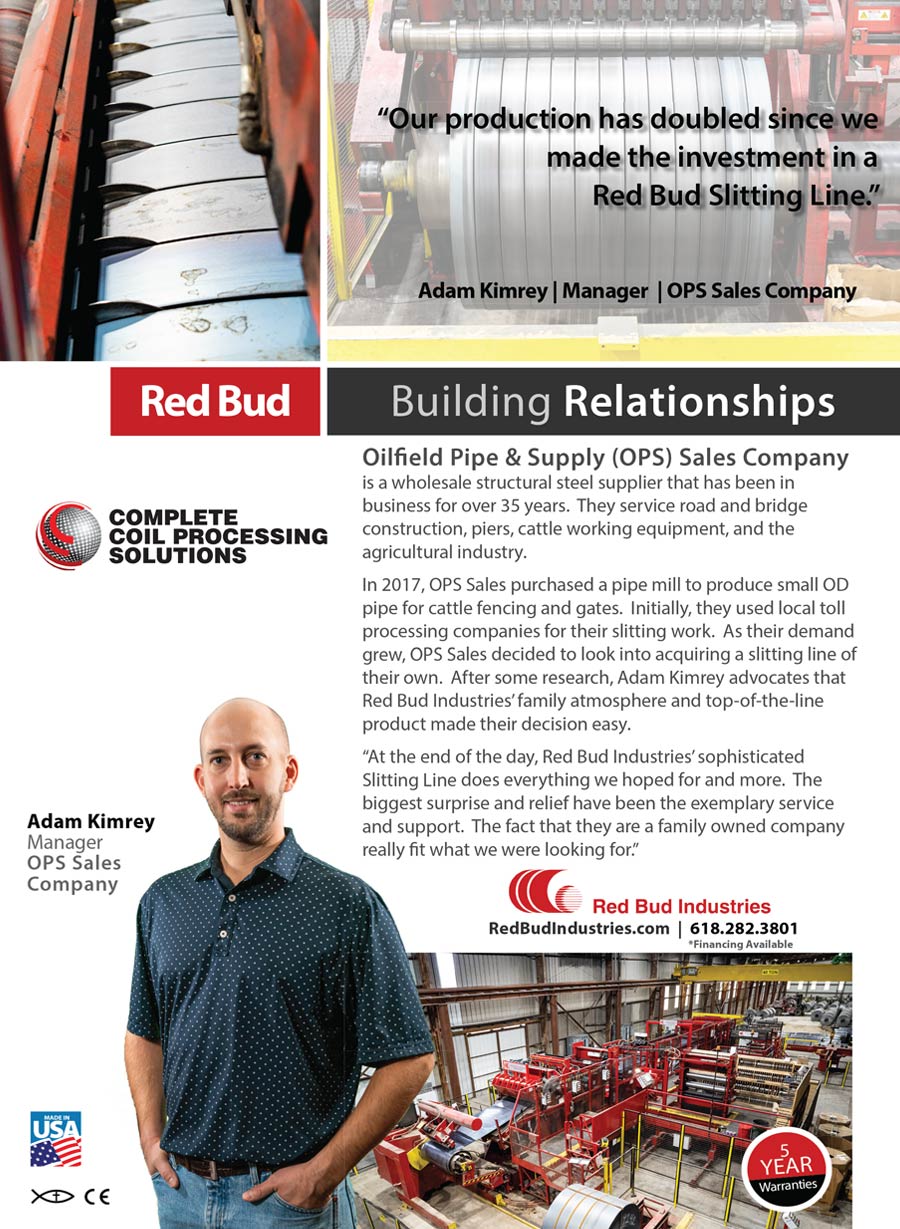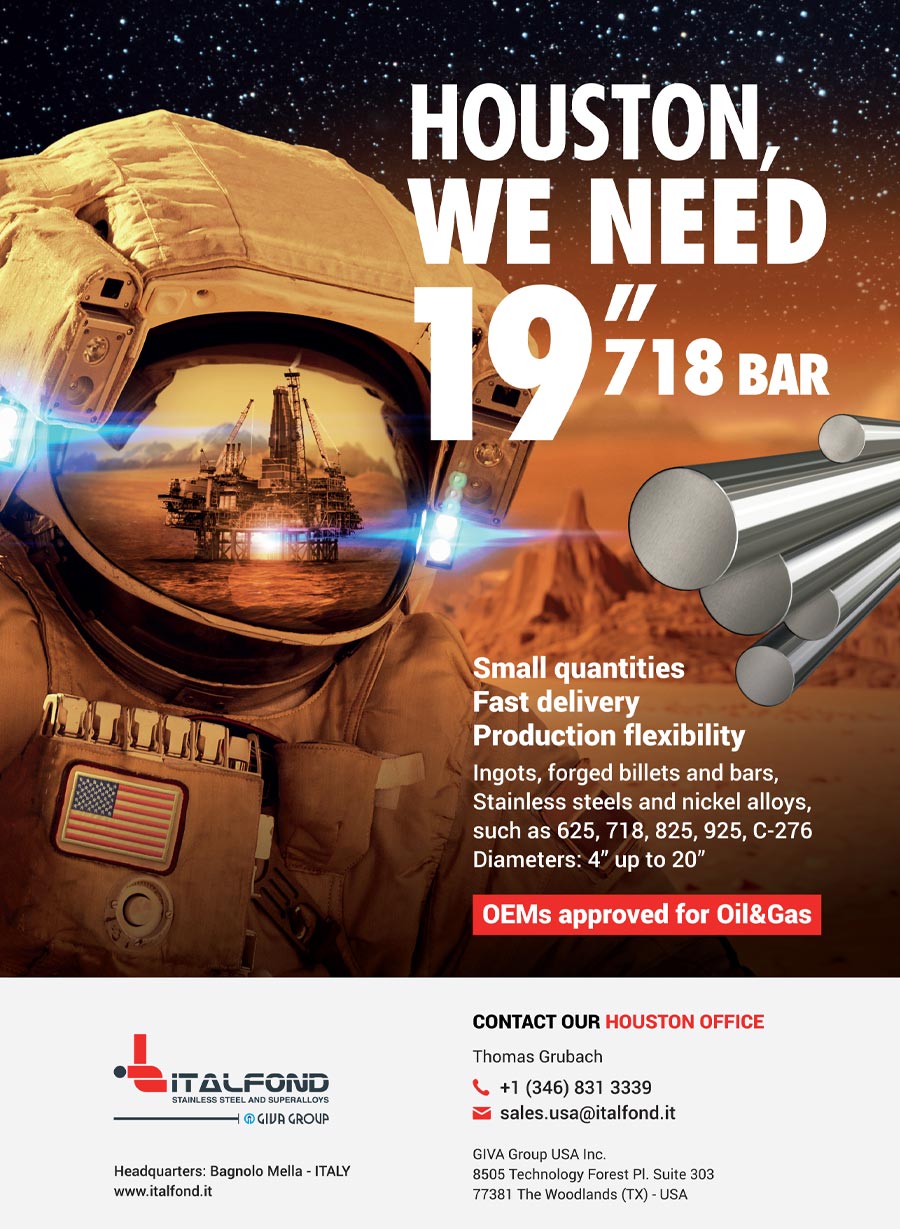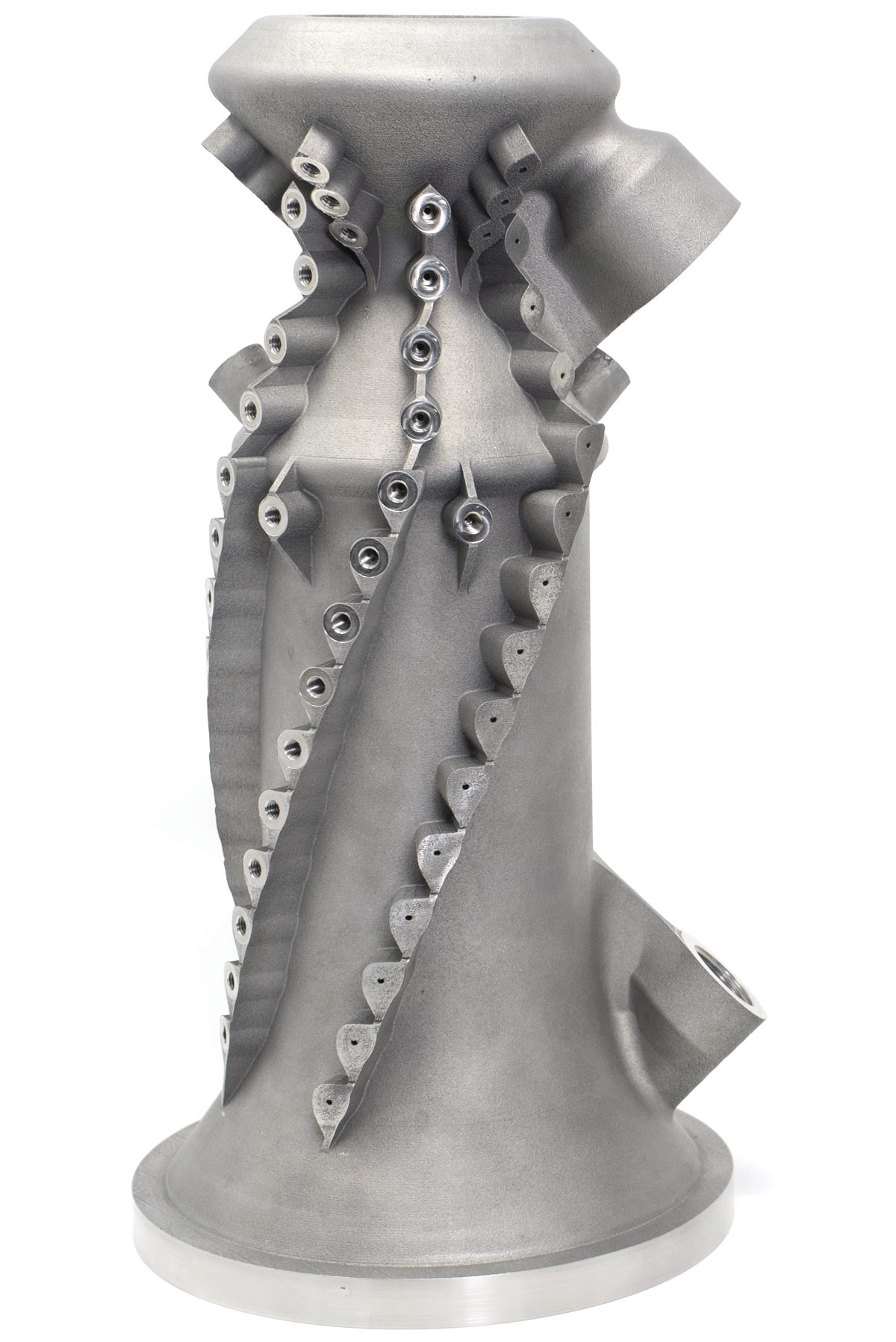

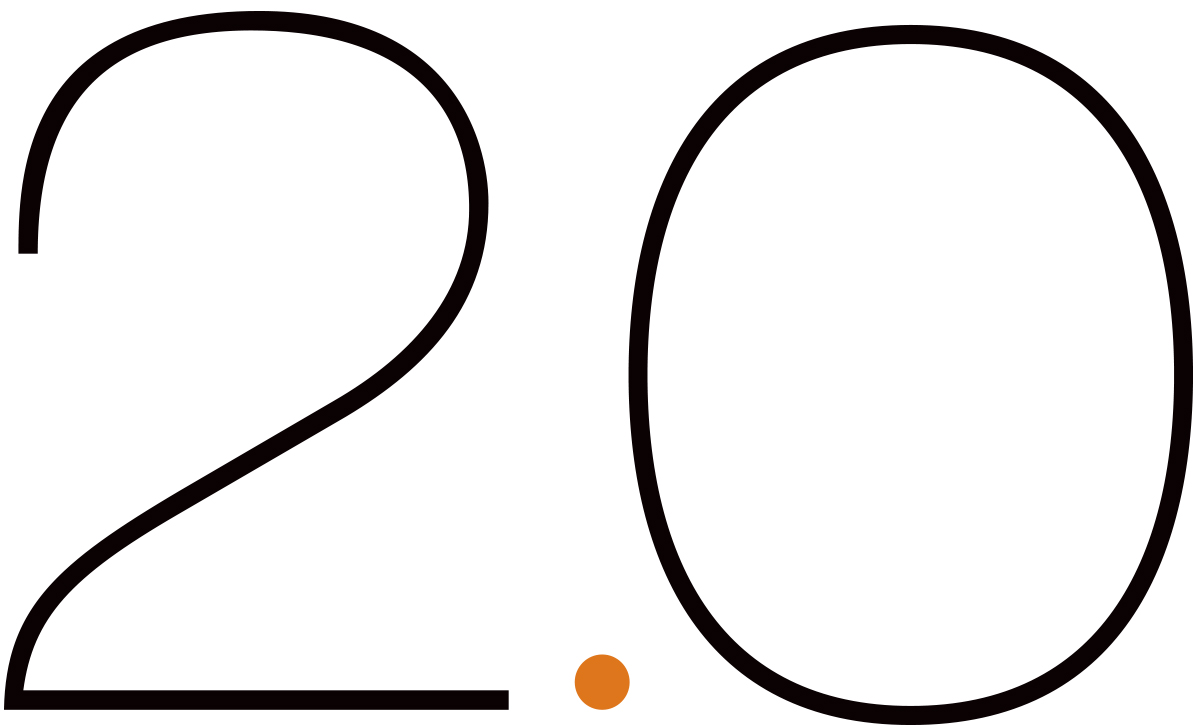
According to Arjun Aggarwal, Desktop Metal’s vice president of product and business development, Fulop recognized the shortcomings of existing AM methods and brought together inventors and experts in metallurgy, chemistry and robotics from MIT, among other specialists.
“The goal is to make 3D printing accessible to designers, engineers and manufacturers,” Aggarwal says, adding, “We are excited about the future of next-generation Additive 2.0, where you are able to produce parts in volume and at costs competitive with conventional manufacturing.”
Desktop Metal’s single-pass jetting technology is the newest iteration of binder jetting, a 3D printing process in which printheads deposit binder on thin layers of metal powder to build parts additively. Aggarwal likens single-pass jetting to a printing press. “Deposit the ‘ink’ where you want the part to form. Build up the part.”
“We perform all the steps of traditional binder jetting—depositing, spreading and compacting the powder to form a consistent uniform layer, and then depositing the binder—all in a single pass. This process usually is done in multiple steps. We’ve combined it into a single carriage that performs one single pass per layer over a build box. So there is no wasted motion.”
By printing both left to right and then right to left, he explains, “we can achieve very high speeds, up to 100 times faster than legacy 3D printing and multiple times faster than other binder jet approaches.”
To date, Desktop Metal’s largest system can produce a part as large as a basketball. However, “we typically advise that a softball-size or smaller part is best suited to the process. Binder jetting requires that parts are placed into a furnace to help the metal powder fuse and densify, which causes parts to shrink, so more process development is required for larger parts.”
The differences are primarily in the volume of part production each solution can support, Aggarwal says. The Studio System leverages bound metal deposition technology—a process based on metal injection molding (MIM) in which loose powders and dangerous lasers are eliminated in favor of bound metal rods that shape parts layer by layer. Studio System offers lower-volume metal 3D printing, often for one-off, end-use parts.
“The value is that it is office friendly. You don’t need a huge investment in facilities. You can station it next to your design/engineering team and have a part ready to print in a few days.” Typical applications would be replacement parts or tooling.
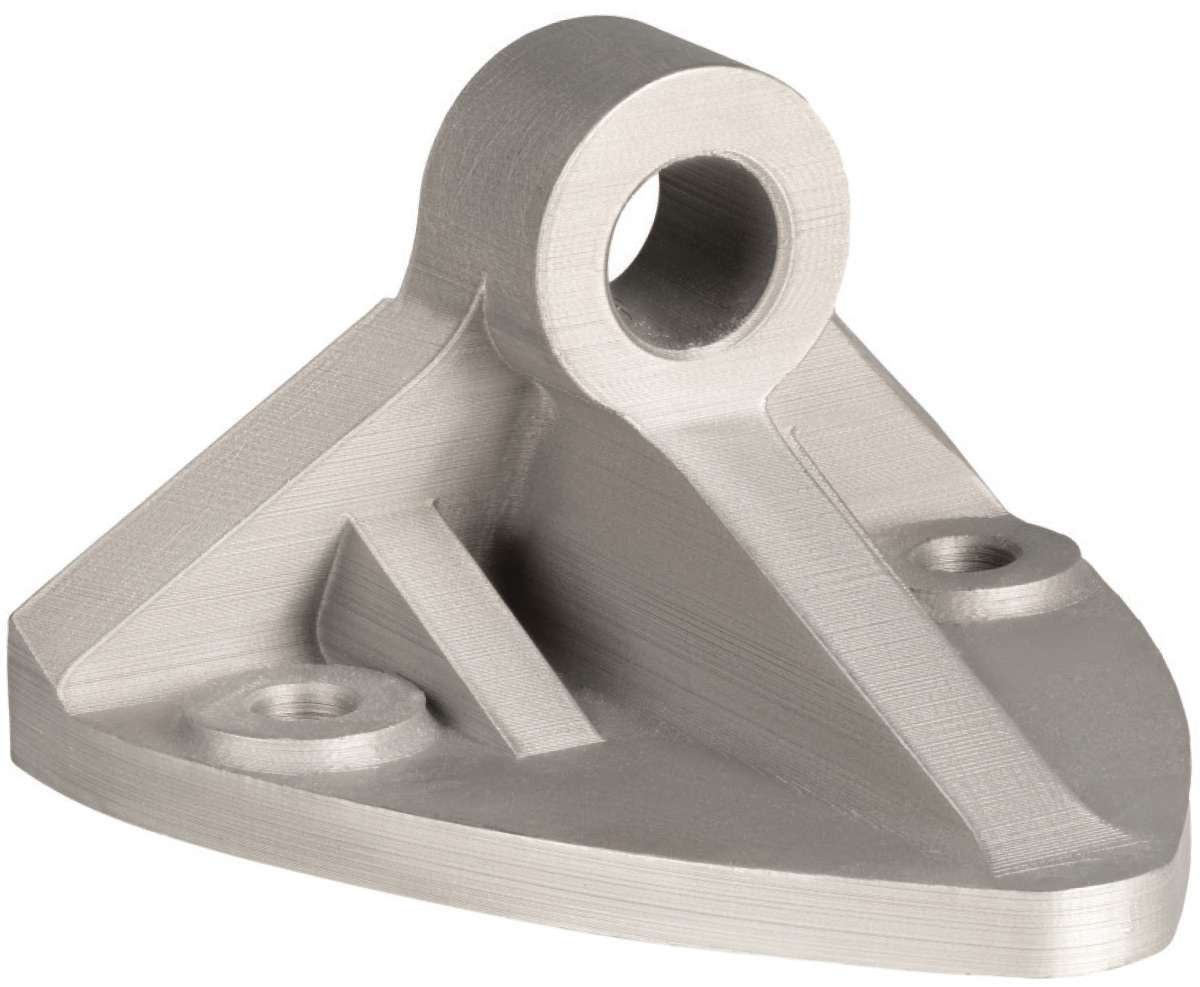
Customers don’t have to buy equipment from third-party vendors to get from digital model to finished part, he notes. “We give them a soup-to-nuts solution, including Desktop Metal’s furnace,” which can be rolled through the door and begin working. “It has a very compact footprint. The advantage is the ability to produce tens of thousands of parts at a competitive price point. This can augment machine shops producing complex parts, especially from stainless steels.”
This system competes against casting and metal injection molding by leveraging Desktop Metal’s single-pass jetting technology and prints up to 100 times faster than those conventional methods.
“Similar to Shop System, we offer equipment beyond just the printer, including depowdering and powder recycling solutions.” Customers could print 24/7 with the Production System, but may need to use their existing MIM or industrial sintering furnaces to support the high throughput.
In part, such volume can occur due to the speed of the system, depositing “up to 12 liters an hour at a layer height of 65 microns.” This means the machine can obtain high volumes of parts even at high resolutions. “High speed—combined with high resolution—is the differentiator,” he says. Desktop Metals has 120 patents or patents pending on its systems, including its sintering furnace.
 we can achieve very high speeds, up to 100 times faster than legacy 3D printing.
we can achieve very high speeds, up to 100 times faster than legacy 3D printing. 
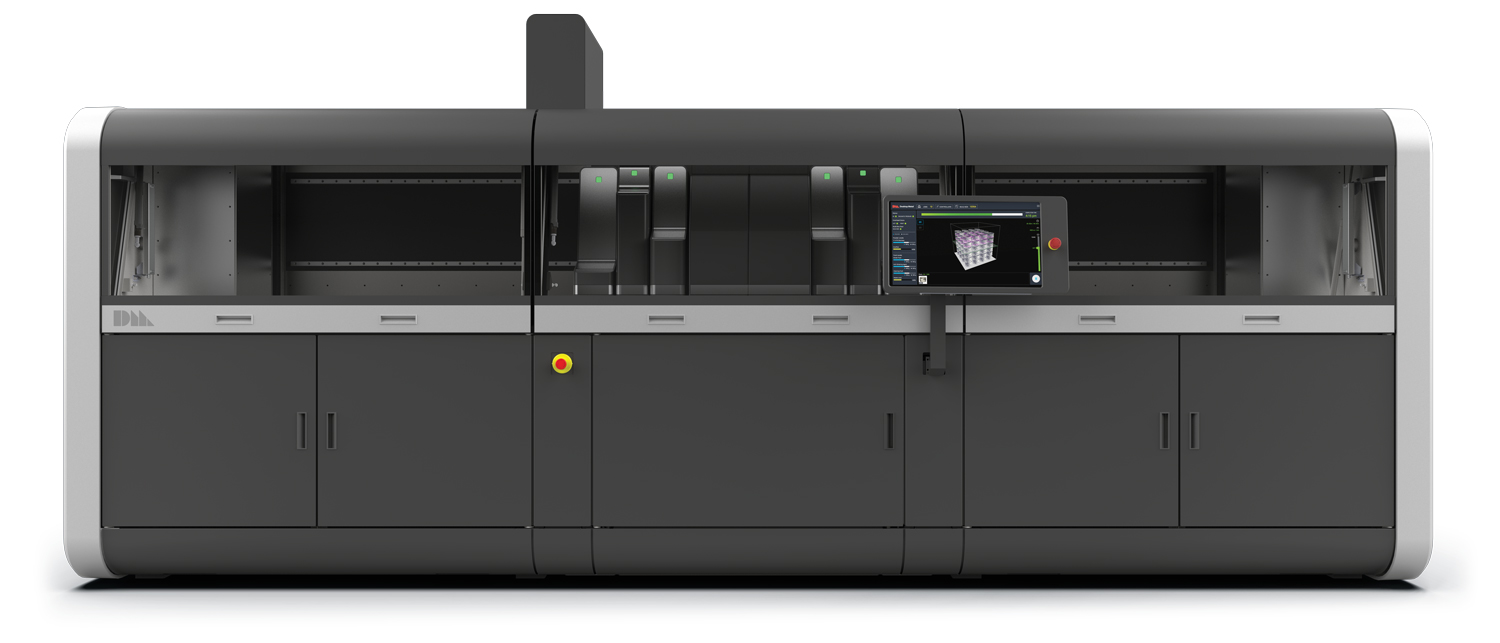
Studio System raw materials include stainless, tool and alloy steels. Shop System is launching with stainless steel powders. “Our roadmap includes more alloys, including tool steels and superalloys,” Aggarwal says.
Production System is starting with grade 17-4PH stainless steel. Materials in the process of qualification include grade 4140 and other stainless steels, and some tool steels. “We have a development roadmap that includes titanium. We also have customers using silver and gold. Stainless and precious metals are already approved, and others are in the works.”
Whether using the Studio System, Shop System or Production System, says Aggarwal, the software takes a design file, slices it into layers and sends layer instructions to printers. Each printer has onboard controls to print and monitor. Proprietary software includes Fabricate and Fabricate MFG for the Shop System and Production System.
The company’s latest development, Live Sinter, is a process simulation software that predicts part shrinkage and distortion through the sintering process. Explains Aggarwal, “Furnaces are black boxes and because the shrinkage can be significant, sintering has traditionally been a guess and check method, which can be a burden.”
Desktop Metal’s Live Sinter software models what may happen in the sintering furnace to limit the production of parts with issues. “It has an algorithm to pre-deform designs—that is our special sauce,” he says. Powered by graphic processing units, the software leverages artificial intelligence and finite element analysis (FEA). “FEA has not previously been used for something like this. We think this will serve as a good tool for conventional manufacturing industries using powder metallurgy processes as well,” Aggarwal says.

“Eaton has leveraged the Studio System as well as any customer, making replacement parts and manufacturing tooling,” Aggarwal says. By doing so, “they are saving upwards of 95 percent of their previous costs.”
Alexandre Georgetti, senior manager of manufacturing strategy at Eaton, says that additive manufacturing is one of the pillars of the company’s Industry 4.0 strategy.
Eaton wanted a 3D printing system that could run at a positive cost/benefit level, one that could be deployed easily to its manufacturing sites and that would allow Eaton to use different materials. “We found this solution—a printer, debinder and sintering furnace. The concept is a good fit for what we are looking for,” says Georgetti. “It is flexible. The debinder can handle up to three printers at once, and the furnace can handle up to five printers. That, for us, was an interesting concept.”
Eaton is currently using its Studio System to produce tooling or, as Georgetti says, “fixtures, quality, safety and MRO components for equipment that breaks. We can print the part and use it.”
The manufacturer is also creating prototypes for new products on the equipment. “Right now, we are in a research process with Desktop Metal and two other companies. We ask them to provide samples. We have them make two of our products with their systems and we evaluate the results for dimensional, metallurgical and material properties. It takes about three to six months to test and prove out. Based on the results of those reports, we may take samples to a bench test. It is a quick turnaround.”
Based on its preliminary experiences, Eaton has continued to acquire printers for other manufacturing plants, says Georgetti.
As Eaton runs through samples, it found it can produce a printed part for internal tooling applications in two weeks; “depending on size and complexity, sometimes seven to 10 days,” Georgetti says. “When you ask an outside vendor with a traditional [tooling manufacturing] process, it may take four to eight weeks.”
 The debinder can handle up to three printers at once, and the furnace can handle up to five printers. That, for us, was an interesting concept.
The debinder can handle up to three printers at once, and the furnace can handle up to five printers. That, for us, was an interesting concept. 
“Some suppliers need a minimum order quantity. Our view is addressing the service for those quantities, bringing higher benefits and helping to build the confidence on binder jet for production parts. We know the technology is being developed as we speak.” Desktop Metal’s printer “has a larger envelope and higher printing speeds,” he notes.
“We are having discussions with our supply chain team to find out whether it’s better to have a printer internally to produce parts, or to partner with suppliers and have them make the components using this technology.”
In five years, Georgetti suggests, “I think we will have an additive manufacturing location for Eaton. It could be a building at one of our existing plants or a new place.”
He credits Desktop Metal’s team for its engagement. “We got the first Studio System in and installed it, and expanded to other regions quickly. It is a good relationship. When we have an issue, they react quickly.”
Aggarwal encourages the metals supply chain and its customers to continue watching the 3D printing space because scope and scale will be realized.
“We are taking a manufacturing approach. It’s not just about the printing but the software and about what happens to the part after printing. We hope to reach customers horizontally because our technology has broad applications.
“We can produce high volume for many industries—consumer goods, sporting goods, power tools. Automotive customers are purchasing a lot of equipment from us,” he says. “Oil and gas, heavy industry—all can adopt this technology. This is now more accessible.”

